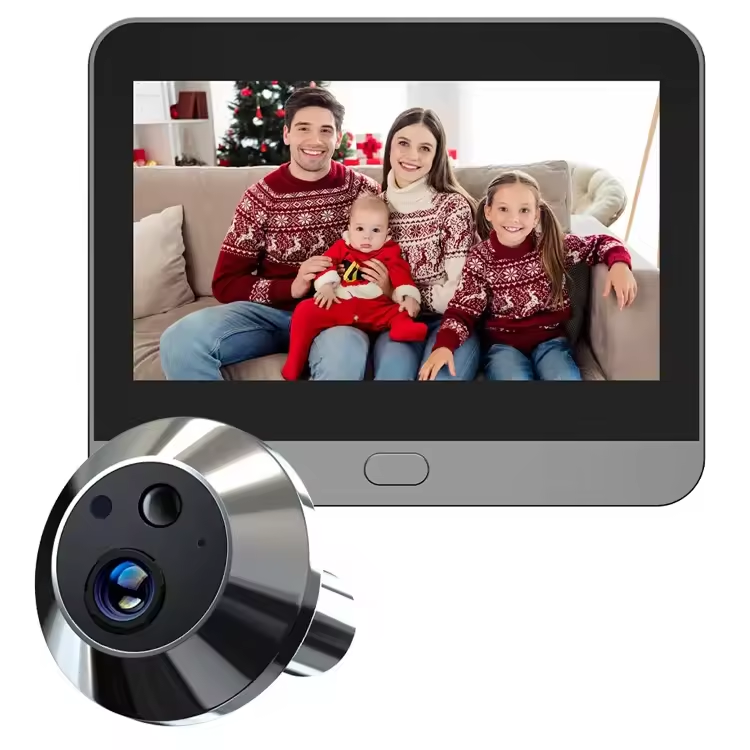What is a WiFi Doorbell Camera?
A smart WiFi doorbell camera is a device that combines a doorbell with a security camera. It connects to your home’s WiFi network, letting you monitor your door remotely. This device enables real-time video streaming and alerts for enhanced home security. You can use a smartphone app to access its features conveniently.
Features of Smart WiFi Doorbell Cameras
- High-Resolution Video: Capture clear images and videos, even in low-light conditions.
- Motion Detection: Alerts you when someone approaches your door.
- Two-Way Audio: Communicate with visitors or delivery personnel through the built-in speaker and microphone.
- Wide Field of View: Covers a large area to ensure maximum visibility.
- Cloud Storage: Option to store recordings securely online for later access.
- Smartphone Integration: Control and view the camera feed via an app on your smartphone.
- Weather Resistance: Built to withstand outdoor conditions like rain and extreme temperatures.
Benefits of Installing
- Enhanced Home Security: Monitor your home’s entrance anytime, anywhere.
- Deterrence to Intruders: Cameras can discourage unwanted visitors.
- Convenience for Homeowners: See and talk to visitors without opening the door.
- Remote Monitoring: Keep an eye on your property even when you’re not home.
- Package Protection: Monitor package deliveries and prevent theft.
- Easy to Use: User-friendly apps make controlling the camera simple.
Installing a smart WiFi doorbell camera is an easy and effective way to improve home safety.
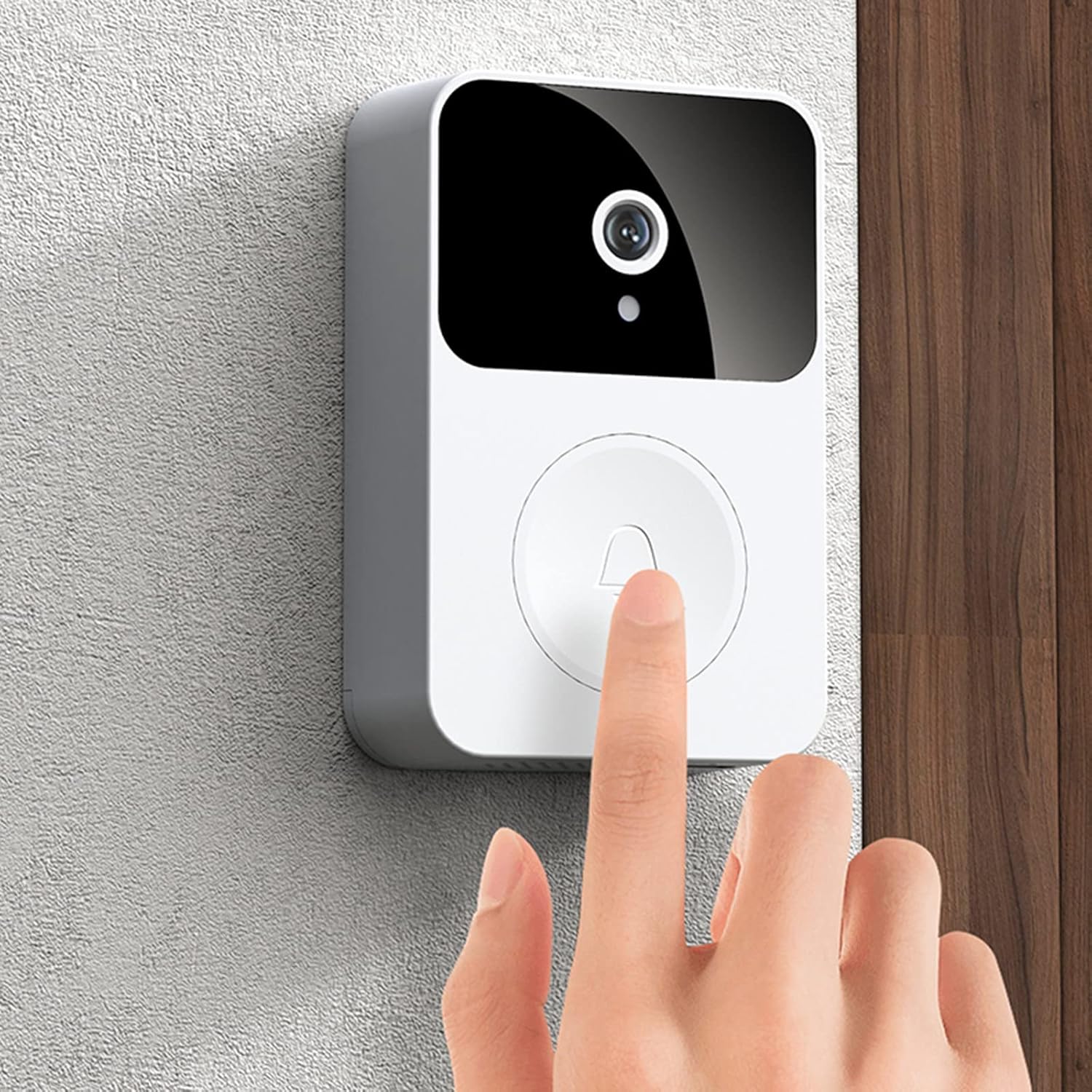 How Do WiFi Doorbell Cameras Work?
How Do WiFi Doorbell Cameras Work?
Smart WiFi doorbell cameras function by combining advanced technology with WiFi connectivity and motion sensors. These devices are designed to provide seamless communication and advanced monitoring for your doorstep. By connecting to your home’s WiFi network, the camera sends real-time video feeds and alerts to your smartphone. Let’s explore their main working components.
Connectivity and Smartphone Integration
Smart WiFi doorbell cameras rely on your home’s WiFi to stay connected. The doorbell camera transmits live video and notifications directly to your smartphone. You can download a compatible app on your phone to interact with the camera. Using this app, you can:
- View live video footage from the doorbell camera.
- Receive instant notifications when a visitor presses the doorbell.
- Communicate with visitors via a built-in two-way audio feature.
Many smart doorbell cameras also integrate with popular smart home systems like Alexa and Google Assistant. This makes controlling the device even more convenient. For example, you can use voice commands to monitor the video feed.
Motion Detection and Video Recording
Smart WiFi doorbell cameras come with motion sensors to detect movement near your door. Whenever someone approaches, the camera instantly begins recording. Simultaneously, it sends an alert to your smartphone through the app. Here’s how it works:
- Motion sensors detect activity in the camera’s field of view.
- The camera starts recording and saves footage to local or cloud storage.
- You receive a notification on your phone about detected motion.
High-quality motion detection settings can distinguish between humans, animals, or moving objects like cars. This reduces unnecessary alerts and ensures timely notifications for genuine visitors. Paired with cloud storage, video footage can be accessed later for review.
These features allow homeowners to keep an eye on their property, even when away. It ensures better security and peace of mind.
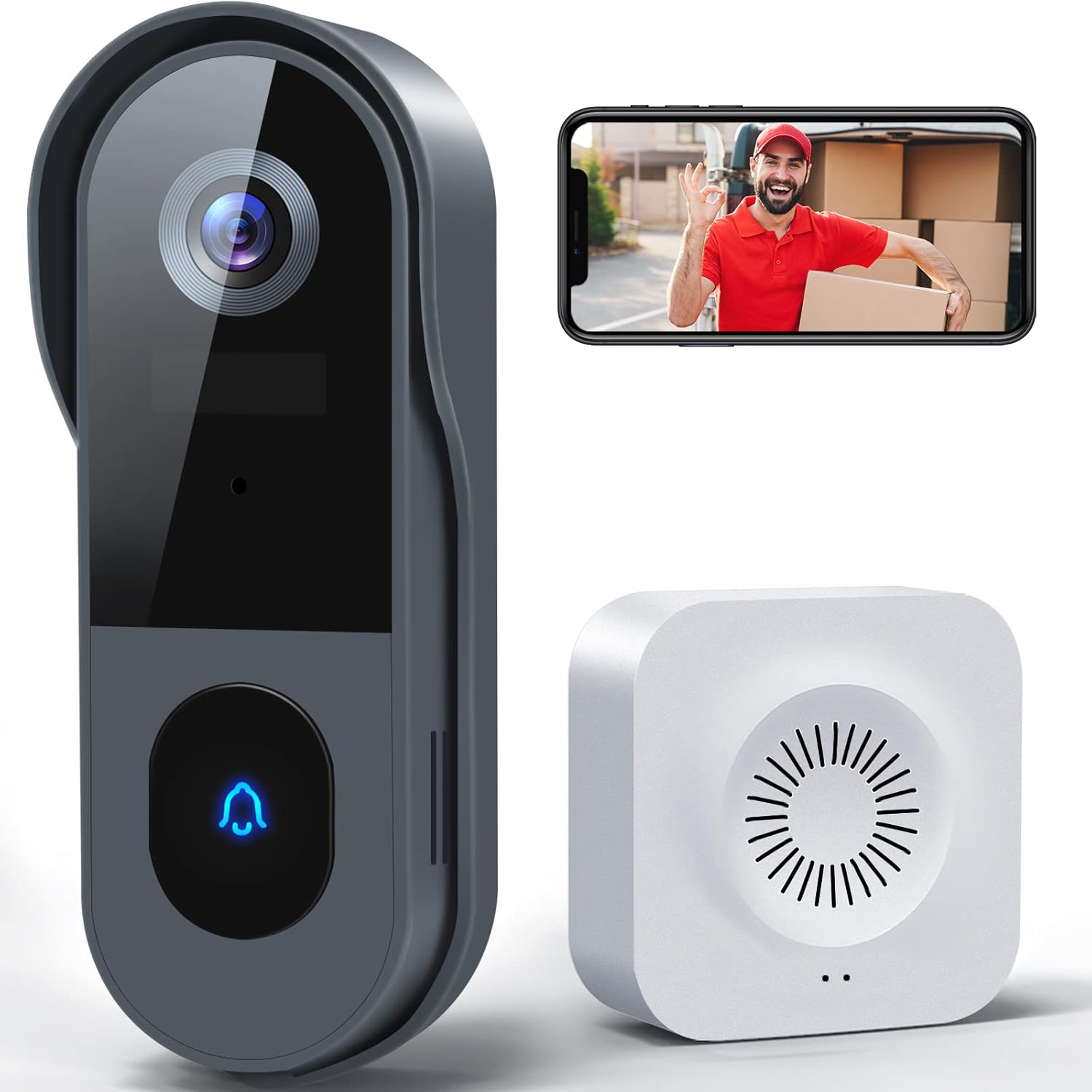 Key Features to Look for in a Smart Doorbell Camera
Key Features to Look for in a Smart Doorbell Camera
When choosing a smart WiFi doorbell camera, it’s essential to focus on key features. These features determine the device’s performance and usability. Let’s explore three important aspects to consider.
Video Quality and Night Vision
High-quality video resolution is crucial for clear visuals. Look for at least 1080p HD video for sharp images. A good doorbell camera should also provide excellent night vision. This ensures clear footage even in low-light conditions at night. Infrared LEDs or advanced color night vision can enhance nighttime performance. Wide-angle lenses are another valuable feature for capturing a larger field of view.
Two-Way Audio Communication
Two-way audio allows you to talk to visitors directly through the camera. This feature uses a built-in microphone and speaker for communication. You can greet guests or give instructions to delivery personnel without opening the door. It’s also excellent for deterring unwanted visitors. Make sure the audio quality is clear and free from delays for seamless conversations.
Subscription Plans and Cloud Storage Options
Most smart WiFi doorbell cameras offer cloud storage for saving video recordings. Check subscription plans for storing and accessing these videos. Free storage plans are limited in duration, but premium plans provide extended access. Ensure the cloud storage service is secure and easy to use. Some cameras include local storage options, like memory cards, for those who prefer not to use the cloud.
By focusing on these key features, you can choose a camera that suits your security needs well.
Installation and Setup Guide
Installing a smart WiFi doorbell camera is straightforward and takes minimal effort. Before starting, gather the necessary tools and follow a step-by-step setup guide to ensure proper installation.
Tools Required for Installation
To install your smart WiFi doorbell camera, you’ll need the following tools:
- Screwdriver: For securing the mounting bracket and attaching the camera.
- Drill: To create holes for mounting screws on your wall or doorframe.
- Level: Ensures the camera is mounted straight for optimal video footage.
- Wire Cutter or Stripper: If your camera uses existing doorbell wiring.
- Smartphone: To download the app and set up the device.
Make sure these tools are ready before starting the installation process.
Step-by-Step Setup Instructions
Once you have the tools, follow these steps to set up your smart WiFi doorbell camera:
- Select the Installation Spot: Choose a location near your door that provides a clear field of view.
- Turn Off Power (if required): For wired models, switch off power to your existing doorbell.
- Mount the Bracket: Use a drill to secure the bracket to the chosen spot. Ensure it’s level.
- Connect Wiring (for wired cameras): Attach the camera to your existing doorbell wires. Use wire cutters if necessary.
- Secure the Camera: Fix the camera onto the mounting bracket with screws provided in the package.
- Power On the Device: Turn the power back on if the camera is wired, or insert batteries for wireless models.
- Download the App: Install the manufacturer’s app on your smartphone and follow pairing instructions.
- Connect to WiFi: Use the app to connect the doorbell camera to your home WiFi network.
- Test Camera Functionality: Check video quality, motion detection, and two-way audio features.
Following these steps ensures a smooth and efficient installation process. Proper setup guarantees optimal performance and enhances the security of your home.
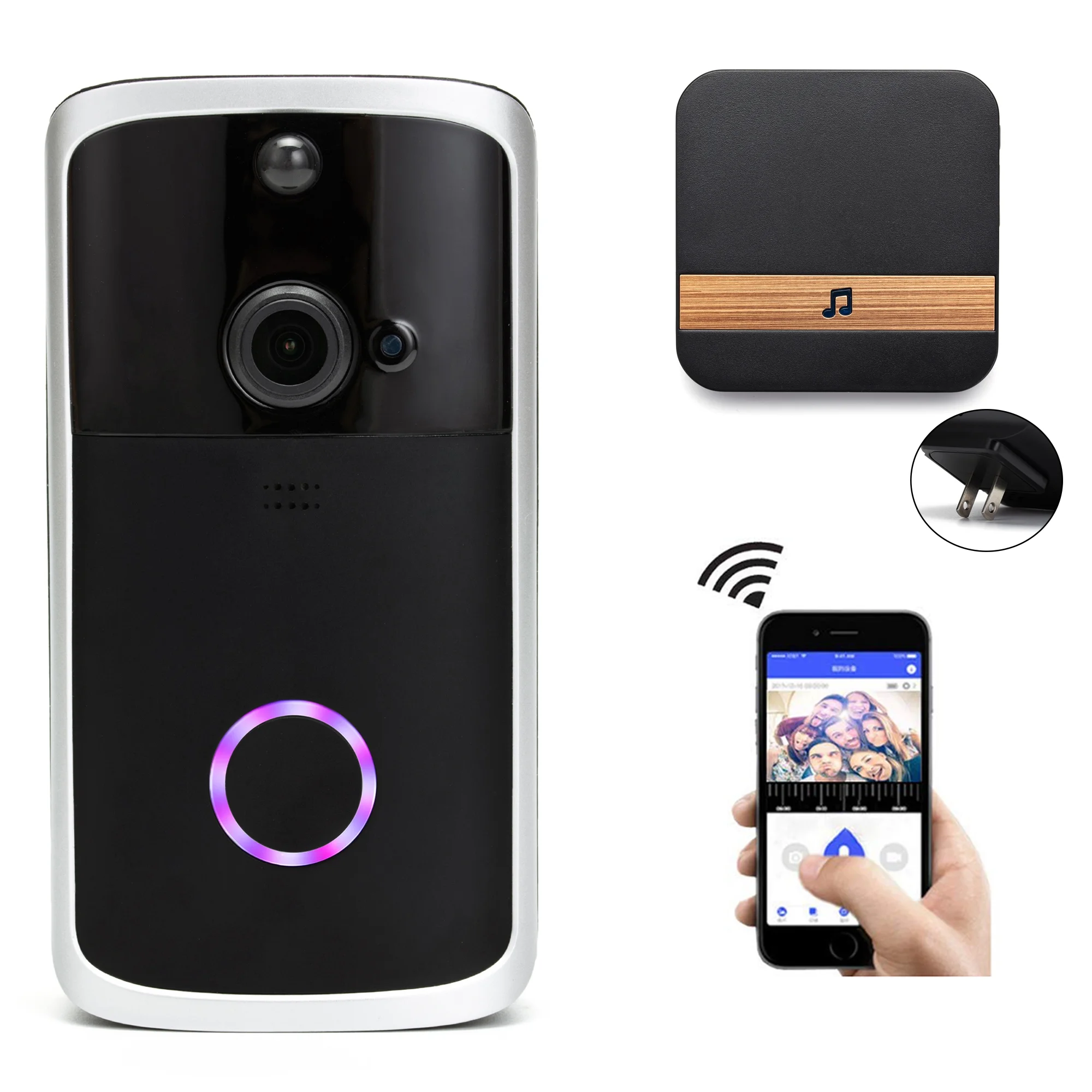 Comparing Popular WiFi Doorbell Cameras
Comparing Popular WiFi Doorbell Cameras
Selecting the right smart WiFi doorbell camera can feel overwhelming with so many choices. Comparing brands and models helps ensure you find one that meets your needs. Here, we’ll explore the best brands and the pros and cons of different models for an informed decision.
Best Brands in the Market
Several brands dominate the smart WiFi doorbell camera market. These stand out for reliability, features, and performance:
- Ring: Known for its wide product range and easy-to-use app. Offers HD video and reliable motion detection.
- Nest (by Google): Features advanced integration with Google Assistant. Delivers excellent video quality and AI motion detection.
- Arlo: Focuses on high-resolution video and local storage options without mandatory subscriptions.
- Eufy: Combines affordability with strong performance, including wireless options and no monthly fees.
- Wyze: Budget-friendly choices with solid video quality and essential features like two-way audio.
- Blink (by Amazon): Minimalist design, long battery life, and seamless Alexa integration.
These brands are popular for their innovative features and trusted performance in home security devices.
Pros and Cons of Various Models
Each model under these brands offers unique benefits. However, weighing the advantages and disadvantages is crucial:
- Ring Video Doorbell Pro 2
- Pros: High video resolution, advanced motion detection, and 3D motion tracking.
- Cons: Requires a subscription for cloud storage.
- Nest Doorbell (Battery)
- Pros: Superb video clarity, AI-powered person detection, and wireless setup.
- Cons: Limited video storage without a Nest Aware subscription.
- Arlo Essential Wire-Free Video Doorbell
- Pros: Wide viewing angle, local storage, and compatibility with smart home systems.
- Cons: Higher price point compared to similar models.
- Eufy Security Video Doorbell
- Pros: No subscription costs, built-in local storage, and affordable pricing.
- Cons: Fewer advanced features compared to premium-priced models.
- Wyze Video Doorbell Pro
- Pros: Budget-friendly, compact size, decent video quality, and free basic cloud storage.
- Cons: Limited advanced features and shorter field of view.
- Blink Video Doorbell
- Pros: Long-lasting battery, user-friendly installation, and Alexa compatibility.
- Cons: Basic functionalities and fewer customization options.
By examining these pros and cons, you can identify a model that aligns with your security goals and budget preferences. Investing time in research ensures a smart choice for enhanced home safety.
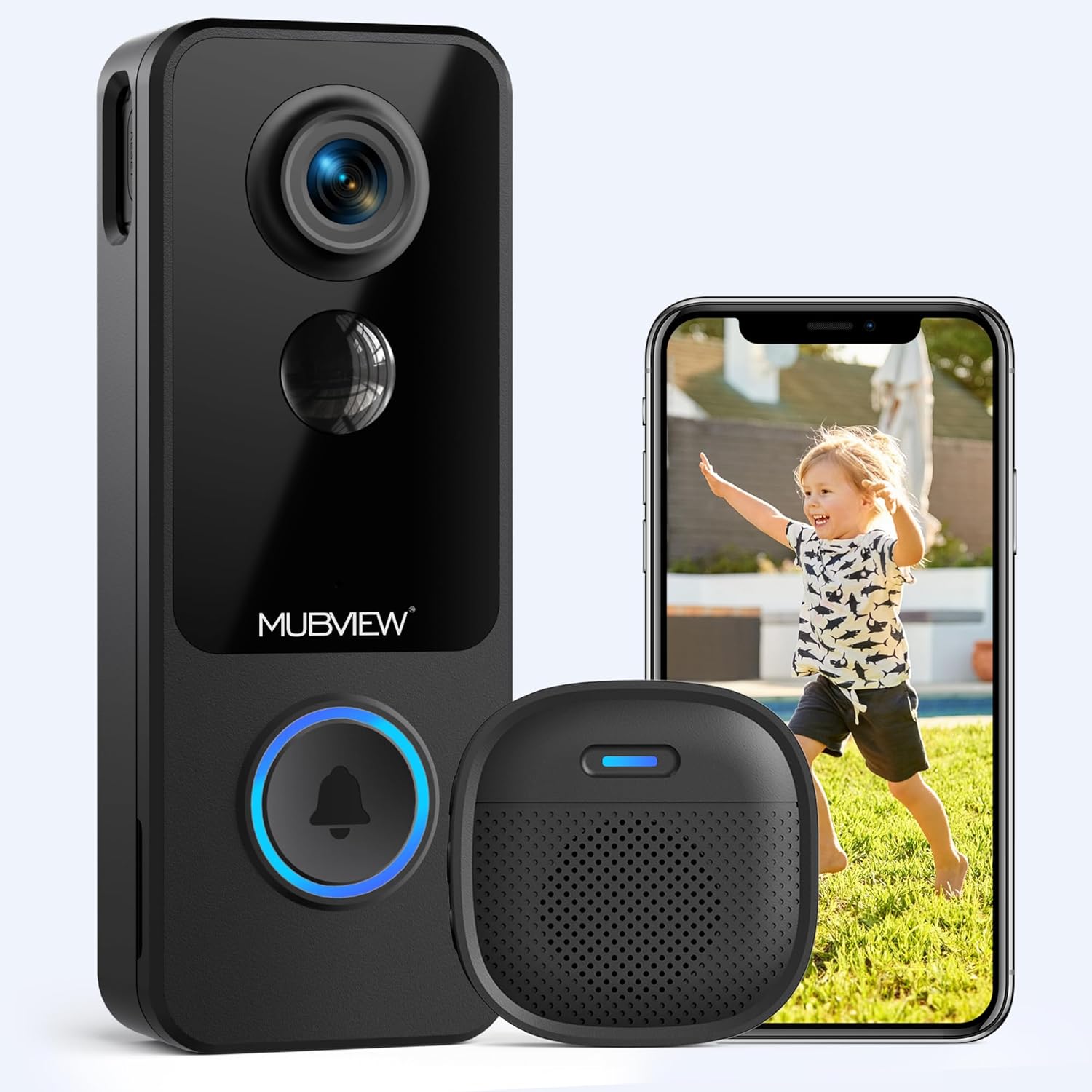 Tips for Optimizing Your Smart Doorbell Camera Performance
Tips for Optimizing Your Smart Doorbell Camera Performance
Smart WiFi doorbell cameras can enhance home security, but they require proper setup and tuning. By optimizing key settings and following best practices, you can maximize their performance. Below are two critical areas to focus on for better results.
Adjusting Motion Detection Settings
Motion detection is a vital feature of any smart doorbell camera. Proper adjustments improve alerts and reduce false notifications. Here’s how to fine-tune this setting:
- Sensitivity Levels: Adjust motion sensitivity to match your specific needs. Lower settings can reduce unnecessary alerts from small animals or passing cars.
- Activity Zones: Use your camera’s app to define activity zones. Focus on critical areas, like your front door or driveway. Exclude areas with frequent activity, such as streets or sidewalks.
- Test Settings Regularly: Perform tests to ensure the camera accurately detects motion. Adjust the settings if needed.
- Avoid Obstructions: Ensure the field of view is clear of obstacles. Trim bushes or move objects that block the camera.
- Update Firmware: Always keep your camera’s firmware updated. Manufacturers improve motion detection through software updates.
By optimizing motion detection, you can ensure timely and accurate alerts.
Securing Your Camera Against Cyber Threats
Cybersecurity is essential for smart devices connected to your home network. A hacked doorbell camera can harm your privacy. Follow these tips to secure your device:
- Use Strong Passwords: Avoid default passwords. Create a unique and strong password for your camera and app.
- Enable Two-Factor Authentication: This adds an extra layer of security. Even if someone knows your password, they won’t gain access without a verification code.
- Regularly Update Firmware: Firmware updates often fix security vulnerabilities. Enable automatic updates if available.
- Secure Your WiFi Network: Use a strong password for your home WiFi. Enable WPA3 encryption for better protection.
- Avoid Public WiFi: Do not access the camera app on unsecured, public networks. Use a trusted connection.
- Monitor Logins: Check your app for any unusual activity or logins.
Prioritizing cybersecurity measures keeps your smart WiFi doorbell camera safe from online threats. Proper configuration and security practices will ensure the device operates effectively and securely.
Troubleshooting Common Issues
Smart WiFi doorbell cameras are reliable but can occasionally face issues. Quick troubleshooting helps restore functionality. Below are common problems and solutions.
Connectivity Problems
Connectivity issues can disrupt your camera’s performance. Here are some ways to fix them:
- Check WiFi Signal Strength: A weak signal causes disconnections. Place the router closer to the doorbell.
- Restart the Camera: Restarting often resolves temporary glitches. Power off and on to refresh it.
- Update Firmware: Outdated firmware affects connectivity. Install updates through the app.
- Reset the Network Connection: Disconnect and reconnect the camera to WiFi. Follow app instructions for re-pairing.
- Reduce Network Overload: Too many devices can slow your connection. Disconnect unused devices from WiFi.
- Inspect Router Settings: Ensure your router uses 2.4GHz if the camera doesn’t support 5GHz.
- Contact Support: If issues persist, reach out to the manufacturer for technical help.
Video or Audio Malfunctions
Problems with video or audio can affect user experience. Resolve them with these steps:
- Check for Obstructions: Dirt or debris can block the camera. Clean the lens and microphone.
- Ensure Adequate Lighting: Poor lighting reduces video clarity. Adjust the light around your door.
- Restart Camera or App: Restarting can quickly solve temporary glitches.
- Test Internet Speed: Slow speeds can cause lag. Ensure your WiFi meets the recommended bandwidth.
- Adjust App Settings: Increase video resolution or audio levels in the app for better output.
- Inspect Speaker and Microphone: Damage can cause audio issues. Contact the manufacturer if hardware repair is needed.
- Reinstall the App: Delete and reinstall the app to fix app-specific problems.
Proper troubleshooting ensures your smart WiFi doorbell camera stays reliable and effective.
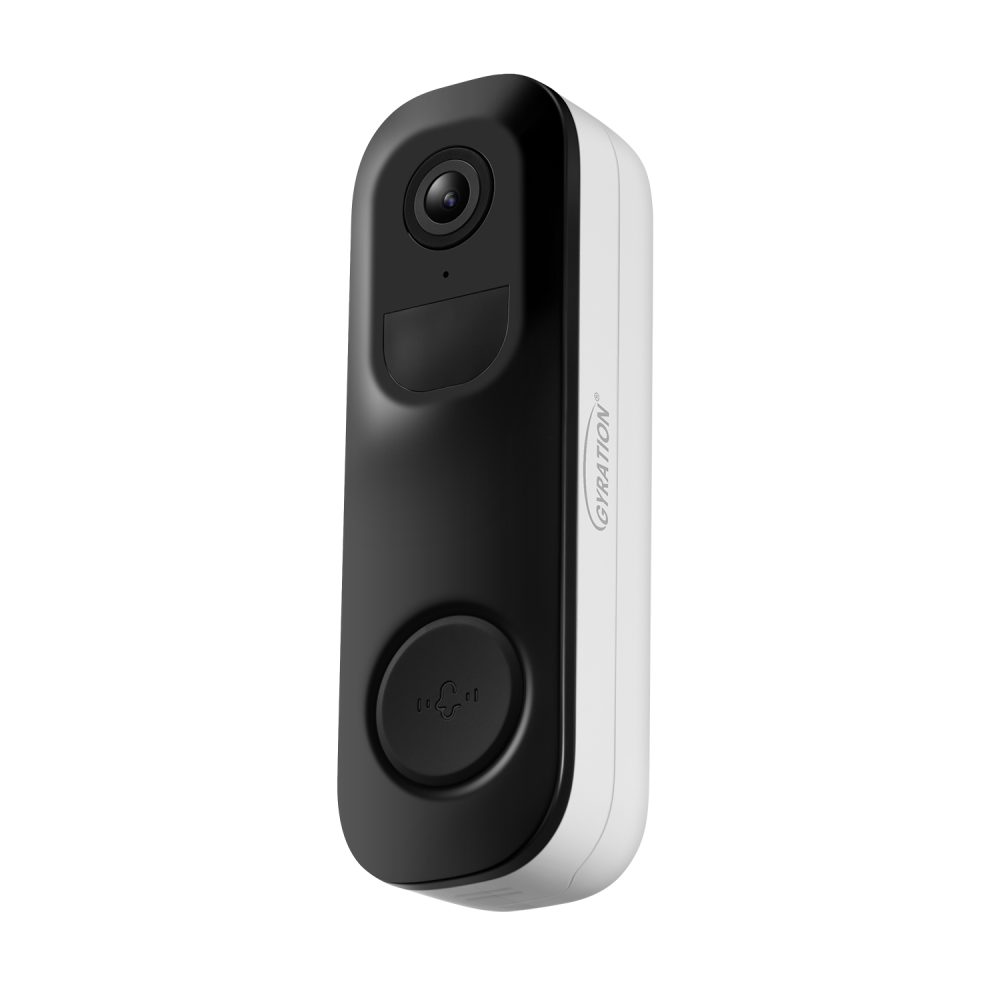 Frequently Asked Questions
Frequently Asked Questions
How Much Does a Smart Doorbell Camera Cost?
Smart WiFi doorbell cameras vary in price based on features and brand. Entry-level models can cost around $50 to $100. These devices offer basic features like HD video and motion detection. Mid-range options generally range between $150 and $250. They include enhanced video quality, cloud storage, and two-way audio.
Premium models can go over $300. These devices provide advanced features such as AI motion detection, ultra-wide views, and seamless integration with home automation systems. It is essential to compare features and prices to find a camera that suits your budget and needs.
Is a Monthly Subscription Necessary?
Not all smart WiFi doorbell cameras require a monthly subscription. Many brands offer basic functionality without added fees. For example, some devices include local storage options like SD cards for recording videos. Others provide free cloud storage for a limited period or specific events.
However, subscriptions can unlock premium features. Most plans offer extended video storage, advanced motion detection, and rich customization options. Costs typically range from $3 to $10 per month, depending on the brand and plan. Before committing to a subscription, evaluate your needs and decide whether the added features are worth the cost.
